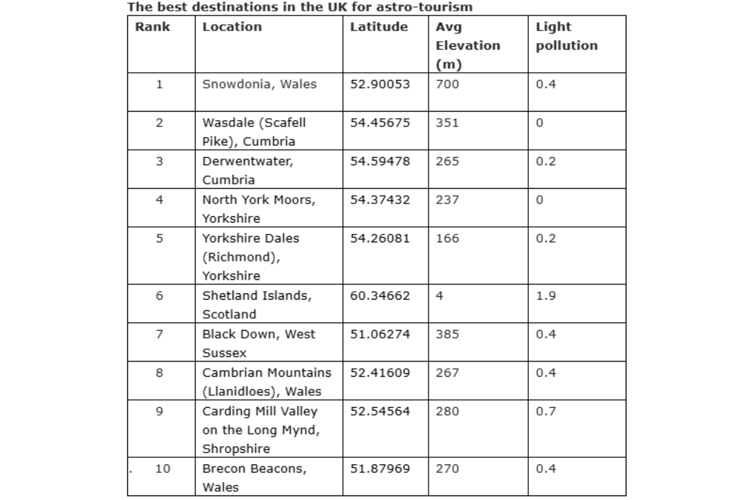Two of Wales’ dark sky hot-spots have been ranked the best in the UK for watching the Perseid meteor shower this summer.
Snowdonia and the Cambrian Mountains have been ranked top in the UK for stargazing thanks to their high elevation and low light pollution levels.
Snowdonia has been ranked number one for meteor-spotting by travel agency Planet Cruise thanks to its light pollution level of 0.4 and elevation of 700-1,085 metres.
The Cambrian Mountains ranked eighth, matching Snowdonia with its 0.4 light pollution level and elevation of 267m, whilst the Brecon Beacons came tenth.
Scafell Pike in the Lake District ranked second with an elevation of 351m and a light pollution level of zero, followed by Derwentwater in Cumbria.
The Perseid meteor shower is active from 17 July -24 August, occurring each summer when the Earth passes through the trail left behind by the large comet Swift-Tuttle.

Perseid meteors will increase in number until 12 August when up to 60-100 meteors an hour will touch the surface of our atmosphere, creating bright streaks of light many call shooting stars - though they’re not stars at all.
The best time to see them is between 12am-5.30am.
Comets like Swift-Tuttle are largely made of dust and ice.
The comet is 26km wide, representing the largest object in the solar system that so regularly passes close to Earth, taking 133 years to orbit the Sun.
Meteor showers happen when the Earth passes through streams of small debris.
Some of the surface of comets melts or ‘sublimes’ when close to the Sun and releases a trail of tiny dust particles, usually the size of a grain of sand.
When the dust hits the Earth’s atmosphere, it heats up from the friction and creates a flash of light we see as shooting stars.


.jpeg?width=209&height=140&crop=209:145,smart&quality=75)


Comments
This article has no comments yet. Be the first to leave a comment.